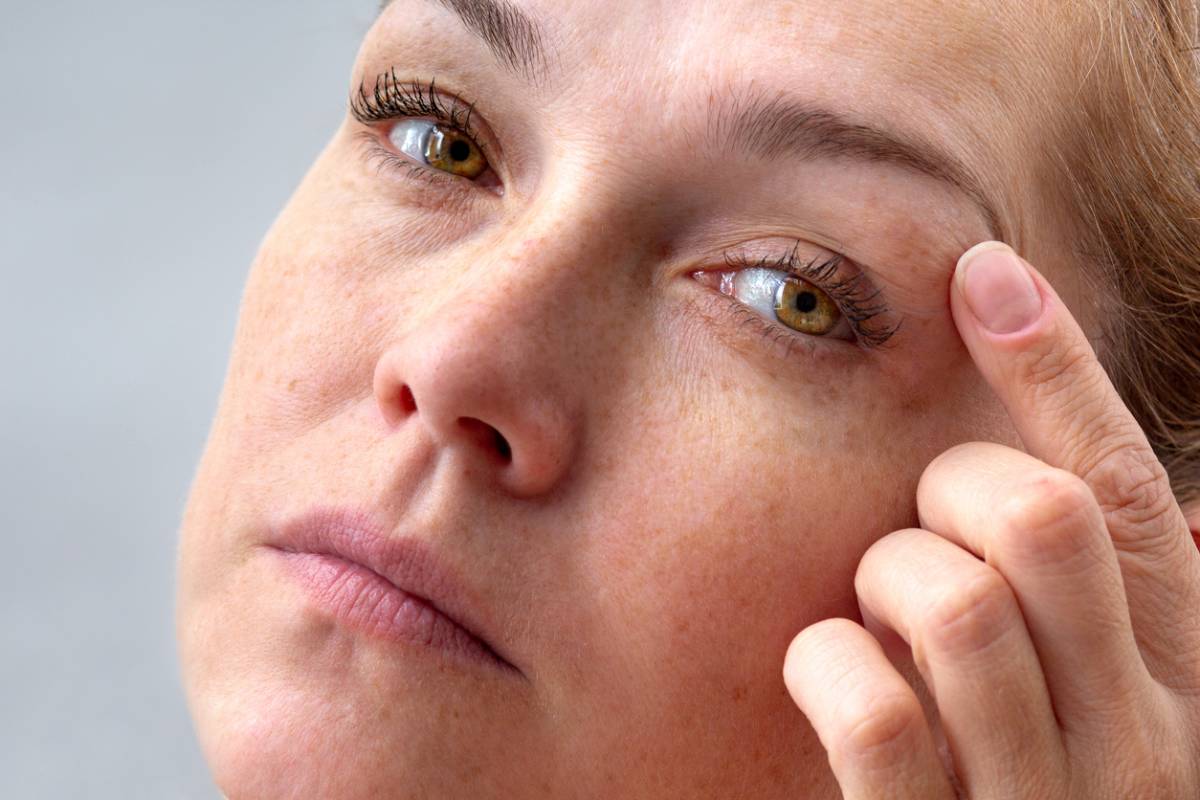Most individuals do not usually think about their eyelids until they notice a change in the mirror. One change that some individuals experience is the drooping of the upper eyelids. This is called ptosis (pronounced “toe-sis”), the medical term for this condition. The condition can affect only one eye or both eyes. It can just be a mild sagging, or the lid can cover the pupil entirely. The latter can block the person’s vision and become a real problem.
Ptosis can be gradual, and it can also be sudden. But what causes ptosis? The causes are wide and varied, and before any surgeon will recommend eye plastic surgery, they first need to determine the underlying cause.
What Causes Ptosis?
Age-Related Changes (Involutional Ptosis)
Many patients experience ptosis as part of their aging process. As time passes, the tissue connecting the levator muscle to the eyelid can stretch or thin out. Since the levator muscle acts as a pulley to raise the upper eyelid, its stretching or thinning out will make it harder for the eyelid to stay elevated.
Why It Happens
The levator muscle can stretch out due to repeated blinking, rubbing, or wearing contact lenses for years.
Who It Affects
Those who are over 50 are the ones who are most affected, but some younger individuals may also experience this.
Congenital Ptosis
Some people are born with this condition due to an undeveloped levator muscle.
Congenital ptosis can be observed in newborns or during early well-baby checkups.
The problem happens when the eyelids droop low enough to block the child’s vision. If it is left untreated, it can lead to amblyopia, or what is commonly called lazy eye.
Nerve Damage
Any injury, compression, or disease that affects the nerve that controls the levator muscle can cause the eyelid to suddenly droop.
Stroke, brain aneurysm, brain tumor, multiple sclerosis, or head trauma can cause nerve damage. Immediate medical attention is required if there is a sudden onset of ptosis with double vision or eye pain.
Muscle Disorder
Systemic muscle diseases can cause the muscles that control eyelid movement to weaken.
Myasthenia Gravis
This is an autoimmune disorder that causes a communication problem between nerves and muscles. This often leads to fluctuating eyelid drooping and double vision.
Muscular Dystrophy
This is a group of genetic diseases that causes muscles (eyelid muscles included) to weaken and lose mass as time passes.
Eye Injury or Surgery
Any trauma to the eye area can cause damage to the eyelid muscles, tendons, and nerves. Cataract removal and other eye surgeries may also cause the levator muscle to stretch or weaken.
Tumors or Growth
Tumors that grow in the eye socket or eyelid can cause the lid to become too heavy or affect the nerves that control the lid.
Neurological Conditions
Horner syndrome and other diseases that affect the brain or nervous system can cause ptosis.
When to Seek Medical Help
- The drooping suddenly appeared.
- The drooping is accompanied by double vision, headache, eye pain, or facial weakness.
- Your child’s vision is blocked by the eyelid.
- You are bothered by how it is affecting your physical appearance.
Treatment for Ptosis
The treatment depends on the cause of the condition.
The most common and effective treatment for age-related or congenital ptosis is surgery.
If the condition is caused by an autoimmune or neurological disorder, prescription eye drop medication is usually prescribed.
Ptosis may not always be just a cosmetic problem. Many times, it is also a sign of a serious health issue. It is essential to see a medical practitioner if you notice or feel something wrong with you physically. If the drooping occurs suddenly, do not hesitate to visit a medical expert who can help you determine the cause of the problem. Remember, the earlier the cause is identified, the earlier your eyes can go back to normal, and you, to being at your best.
If your ptosis is caused by aging, ptosis repair surgery can restore the position of your eyelid. The procedure will not only make you look younger, but you will also observe improved vision. If you want to know if this procedure is the answer to your problem, consult an oculofacial surgeon who can assess your unique situation. Schedule an appointment with us today.


